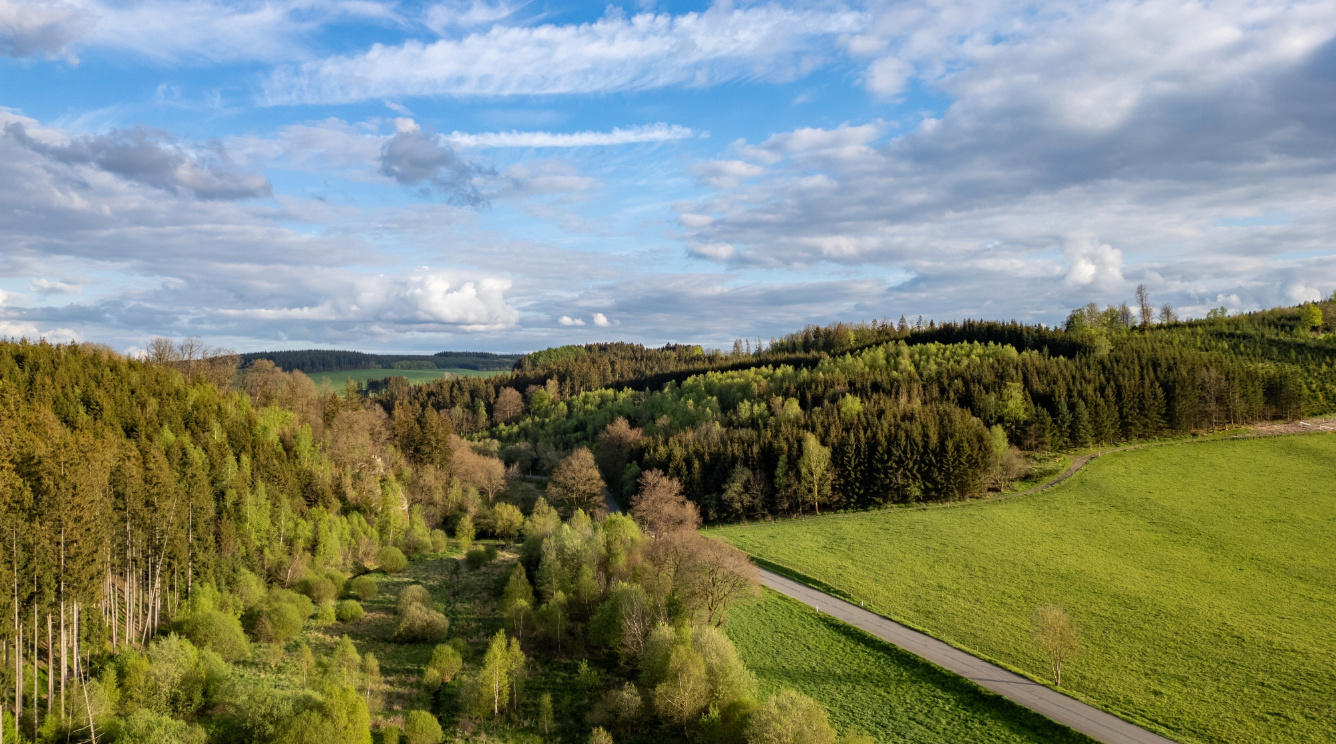
The European continent, with its diverse landscapes and rich ecosystems, is a treasure trove of biodiversity. From the Arctic tundras of Scandinavia to the sunlit Mediterranean shores, Europe boasts a variety of habitats and species that are integral to the planet's ecological health. However, centuries of human activity have left a deep mark on Europe’s natural world, creating an urgent need for ambitious conservation efforts to secure the future of its biodiversity.
The Current State of European Biodiversity
Despite the continent’s natural wealth, Europe’s biodiversity is in a precarious state. Many of its habitats and species face significant threats due to a range of human-induced factors. Habitat destruction, overexploitation of natural resources, pollution, climate change, invasive species, urban sprawl, and landscape fragmentation are among the primary culprits behind the decline in Europe’s ecological richness.
The European Union (EU) has made strides in protecting nature, with the establishment and expansion of the Natura 2000 network, a series of protected sites designed to safeguard Europe’s most valuable habitats and species. But despite this, many of these protected areas are struggling, with the conservation status of most species and habitats being classified as poor or bad. This underlines the ongoing challenge of reversing the damage inflicted upon ecosystems.
The Path to Recovery
Despite these daunting challenges, there are glimmers of hope. Efforts to mitigate specific threats have led to some positive changes. For instance, measures to address pollution and reduce eutrophication have shown improvements in water quality and marine health. Sustainable fishing practices are beginning to restore balance in overexploited marine ecosystems.
Increased awareness of biodiversity’s importance is also driving positive change. A growing number of initiatives and policies are aimed at bolstering conservation efforts.
Legislative and Policy Advances
A significant development in the effort to restore Europe’s natural environments is the recent introduction of the Nature Restoration Law. This ambitious piece of legislation represents a key component of Europe’s strategy to not only protect but actively restore its diverse ecosystems. The Nature Restoration Law aims to reverse the degradation of natural habitats, ensuring that they can once again thrive and support the species that depend on them.
The law outlines concrete measures for habitat restoration, including reforestation, wetland rehabilitation, and the reintroduction of native species.
Looking Ahead
The road to revitalising Europe’s natural landscapes is fraught with challenges, but it is also paved with opportunities. The continent’s rich biodiversity holds immense value, not only for its intrinsic beauty but also for the ecosystem services it provides, such as clean air, water, and fertile soil.
To ensure a thriving future for Europe’s biodiversity, it is essential for both policymakers and the public to remain engaged and proactive. Continued support for conservation initiatives, adherence to sustainable practices, and advocacy for robust environmental policies are all critical components in this endeavour.
By embracing a holistic approach to conservation and restoration, Europe can work towards a future where its natural landscapes are not only preserved but rejuvenated, securing a vibrant and resilient ecological legacy for generations to come.
References:
European Commission. (2024). Nature Restoration Law.
European Environment Agency. (2023). State of Nature in Europe.
Natura 2000 Network. (2024). Protected Areas in Europe.



